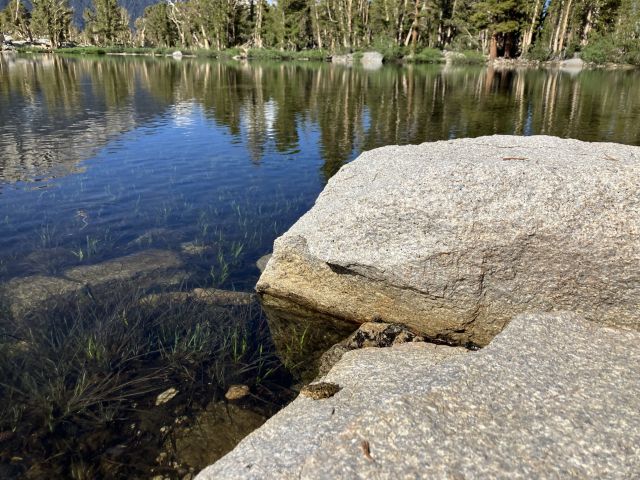Drivers of Mosquito Abundance in the High Sierra Alpine
Mosquito populations can be vastly abundant within the Eastern Sierra Nevada Mountains. What is driving their abundance and seasonal replication is not totally understood. While there are native vertebrate hosts in the Sierras, their population abundances remain relatively low. However, humans seeking outdoor recreation opportunities can, in some places, be the most abundant host type. How much are we within these areas driving the presence and abundance of mosquito populations? We'll attempt to answer this question by collecting blood-fed and performing genetic bloodmeal analysis.
Marine Resources as Nutrient Subsidies for Coastal Terrestrial Mammals
While traditionally treated as functional distinct ecosystems, marine and terrestrial ecosystems and their food webs are increasingly being shown to interface, especially in coastal habitats. Allochthonous material and marine animals are being foraged by a wide range of large terrestrial mammals, although how often and to what extent these foraging behaviors occur is unclear. We are surveying a gradient of wild coastlines along the Gaviota coast to document the marine contributions to the diets of Coyotes, Bobcats, Feral hogs, and other rarely encountered predators like Mountain Lions and Black Bears. DNA diet analysis over time will inform us of the marine contribution, seasonality, and particular marine species subsidizing these charismatic carnivores' nutrition.
Impact of Human Infrastructure and Activity on Coastal-Resource Usage by Terrestrial Mammals
The Southern California coastline is one of the most populated areas in the United States. A small portion remains under conservation protection on the Gaviota Coast. Terrestrial mammals may be hindered by human presence from accessing coastal resources. Using a natural human-use gradient on the Gaviota Coast, we establish terrestrial mammals' presence and usage of the coastal habitat through camera trap imaging.
Understanding bee stress across environmental and temporal gradients
Native bees are crucial pollinators experiencing worldwide declines due to anthropogenic factors. The roughly 4,000 native bee species in the United States are understudied compared to the non-native honey bee. Analyzing the conservation status of native bees is tricky because we often lack necessary population-level data. Here, we seek to understand conserved phenotypic signs of stress within bees across six taxonomic families along environmental and temporal gradients. Identifying organismal signs that a species is struggling can allow for faster intervention and conservation.



